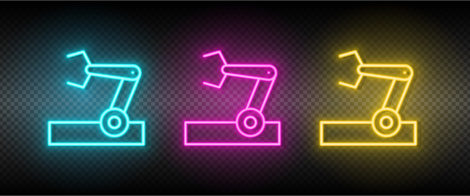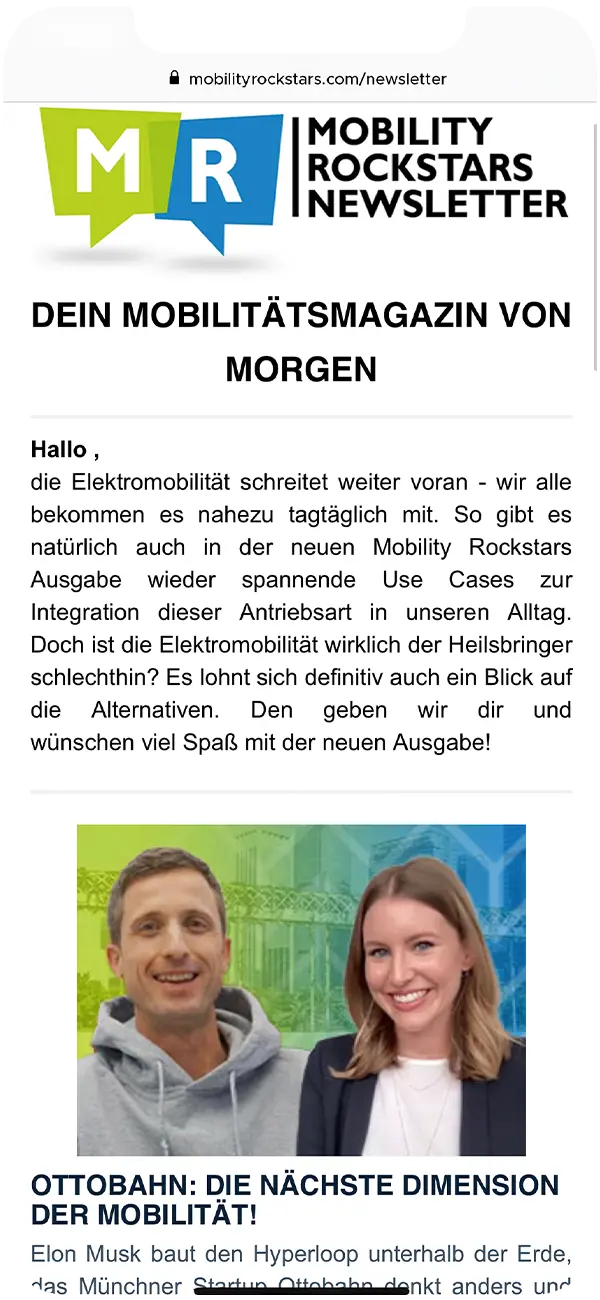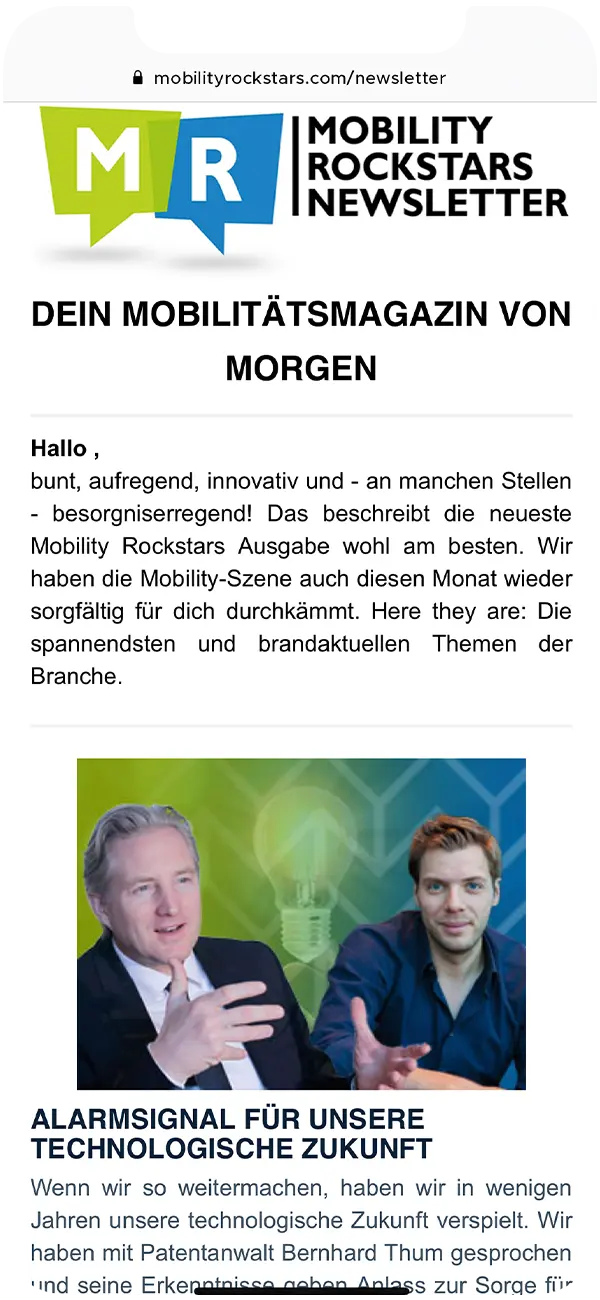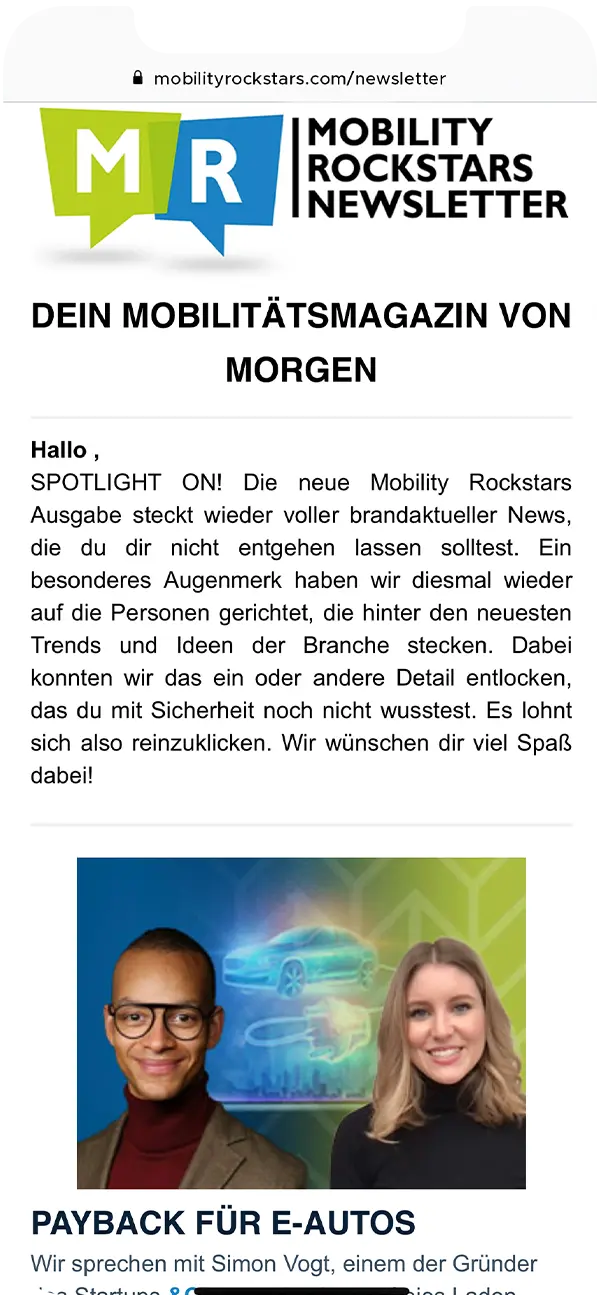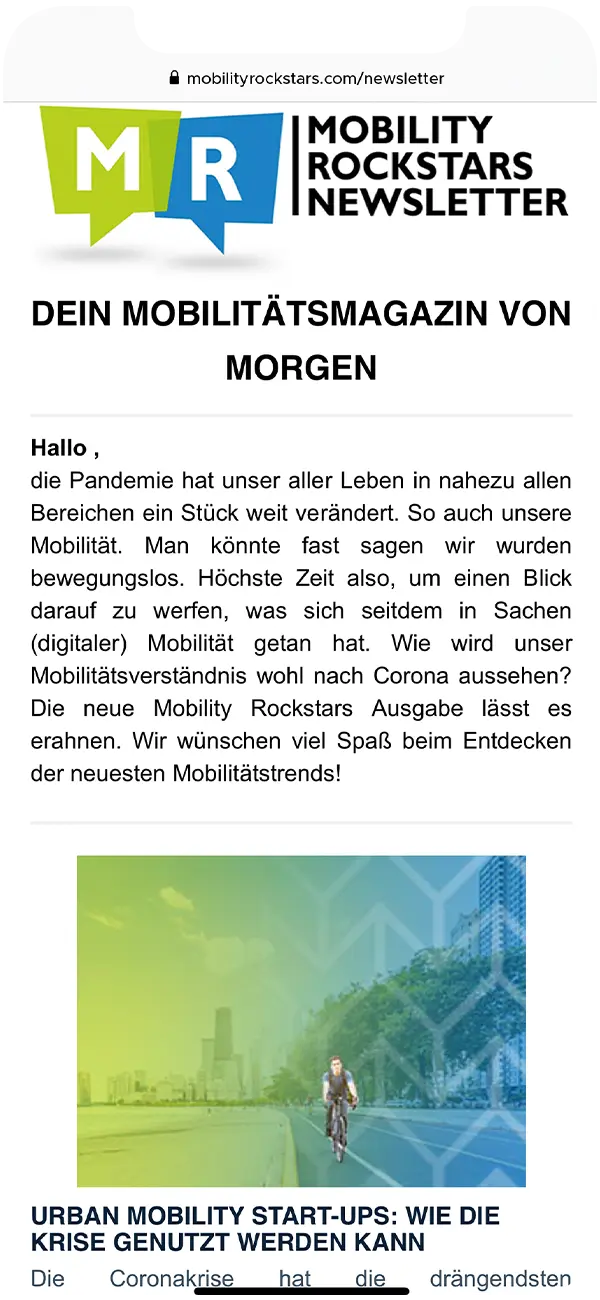UWB (Ultrawideband) – The most important questions and answers!
UWB, usually left in English and named "Ultrawideband" or, depending on the spelling, "Ultra Wideband", is known in German as "Ultrabreitband". Basically, it is a wireless communication protocol that found its first beginnings as early as 2008 and since 2018 has not only been the talk of the town, but, so to speak, the technology of the town. Time to address the most frequently asked questions and answers about UWB.
- UWB at Cognizant Mobility
- What technology do Cognizant Mobility's UWB solutions work with?
- Why UWB and what can UWB actually do?
- What distances can a UWB-based device detect?
- Is there a usage limit regarding the devices that can be used?
- How long is the battery runtime, and how fast are the devices charged?
- Are UWB devices waterproof?

Marc
Marketing Professional
27.12.21
Ca. 11 min
UWB at Cognizant Mobility
Details about UWB, its history, functionality and useful application can be found in our comprehensive article about ultra-wideband. Especially in the field of high-precision positioning, UWB is a true innovation technology with a wide range of possible applications, as we have already shown in our corresponding article. Since 2020, the topic of “distance” and the exact measurement of distances gained further importance due to the advent of Covid-19 and the associated, necessary safety distances.
Cognizant Mobility – at that time still active under the company name “ESG Mobility” – developed based on the UWB technology the Corona distance warning, which made an important contribution to containing the incidence of infection at public events and is an important example of the development platform under which new applications could be developed and deployed quickly and easily.

In this article, we address and answer the most common questions that people interested in the subject of UWB have. The majority of the questions came directly from customers with whom Cognizant Mobility subsequently worked and for whom solutions were developed that are already in productive use. These questions have been asked at trade shows, business meetings, and interview sessions, so you can be sure that these are the questions that may not move the world, but are guaranteed to move the UWB industry.
What technology do Cognizant Mobility’s UWB solutions work with?
Admittedly – this question initially sounds somewhat redundant based on the subject matter of the article. Nevertheless, this is one of the questions that customers often ask us when we present our products such as the forklift warning system, the cut-to-length aid or the Corona distance warning system.
Interestingly, ultra-wideband technology has not necessarily entered the end-user experience pool, even though it has been in productive use for over 10 years. UWB is particularly suitable for radio applications with low transmission power and large bandwidths, since UWB has a very wide frequency band (between 30 megahertz and 10.6 gigahertz). Thus, UWB is a veritable replacement for applications that previously worked via Bluetooth, WiFi or NFC.
UWB has thus been establishing itself for years as a successor technology for the aforementioned, previous technologies for position determination and will play an elementary role in the coming years.
Why UWB and what can UWB actually do?
The high frequency spectrum already mentioned is an almost unbeatable advantage in a world in which masses of frequencies are already occupied by a wide variety of telecommunications services. The lack of interference with other radio standards not only leads to a wide field of application, but also allows the combination with other radio technologies.
Other unique selling points also include significantly more accurate, high-precision distance measurement, compared to predecessor technologies such as Bluetooth. With only a few milliseconds of latency, position determination is possible even in motion, allowing for unprecedented, highly effective indoor position determination. The classic “jumping” of the position to be determined, as known from previous navigation applications or positioning, is a thing of the past with UWB, especially when UWB-INS is used, a quasi-upgrade of the previous UWB technology with intelligent sensor fusion.
Also, UWB can communicate much better through obstacles, i.e. walls, shelves, furniture, metal and similar conceivable interferers. Only liquids currently pose hurdles (which includes humans as a largely liquid-based life form). Nevertheless, UWB is already much better at performing in real-world environments than its predecessor technologies.
This allows for completely new areas of application – Cognizant Mobility’s forklift alert is certainly an excellent example, as this simple solution is not only based on UWB technology, but also demonstrates the flexibility of the technology (and the company) and effectively helps to make factory premises safer in the future.
What distances can a UWB-based device detect?
The range of UWB-based technology is often an important criterion for offering reliable positioning. On the one hand, it is important to consider which distances can be measured and over which distance this is possible. In principle, the accuracy of UWB is around ten centimeters, but current chips can accurately detect distances down to 2 centimeters and less. By comparison, WiFi or Bluetooth can only detect to an accuracy of around one meter, and also have great difficulty measuring distances through walls or constructions.
However, even longer distances can be managed without any problems via UWB, as the forklift warning system, which has already been cited several times, proves even on larger company premises. Currently, Cognizant Mobility’s UWB devices can bridge distances of up to 100 meters. However, even longer distances (up to 200 meters) are conceivable, but there are also legal requirements that currently limit the range of UWB-based devices.
Is there a usage limit regarding the devices that can be used?
We are often asked this question by customers who, of course, do not want to secure just one forklift (or protect people on the premises from accidents caused by forklifts), but use twenty, fifty, hundred(s) of vehicles. Or need a high number of distance alerts, or want to equip many people with devices, for whatever reason.

Meanwhile, the news on this is short and positive: there is currently no limit to the maximum number of devices. Based on the Cognizant Mobility development kit, we are able to couple and deploy any number of UWB devices at any time.
Please feel free to contact us so that we can advise you on the best UWB solutions for you wherever you need to measure distances. We show how flexibly UWB can be used in our article on the many possible applications.
How long is the battery runtime, and how fast are the devices charged?
Mobile UWB devices from Cognizant Mobility are equipped with a battery that has around 10 hours of runtime and can be charged in 2-3 hours. Practical for this purpose is, for example, the accessory case that we offer, with which numerous devices can be charged simultaneously.
If a large number of devices have to be used in parallel and over a longer period of time, as may be the case at large events, it is advisable to have a few more devices available than required. This allows for continuous rotation, where unloaded equipment can be loaded directly into the case, while full equipment can be issued to users or prepared for the appropriate purpose.
Are UWB devices waterproof?
The question to what extent UWB-based devices are waterproof cannot be answered across the board, of course. In the case of the various UWB devices from Cognizant Mobility, the devices are not waterproof and thus not intended for use, for example, under water (conceivable uses would be in sewers, in swimming pools for warnings about the edge of the pool or filling levels, etc.).
The devices are drip-proof, however, and use on company premises, for example, is also possible outdoors and in changing weather conditions.
We have also been asked about explosion protection in the context of trade fair appearances, but we have to deny this. However, with reservations in that Cognizant Mobility’s UWB devices are in no way explosive, the components used and the general purpose make this impossible. the built-in battery itself cannot explode or leak when used as intended.
If you want to learn more about Cognizant Mobility’s UWB products, Mobility Rockstars is the place to be. We are the company’s sub-label, where we are committed to presenting modern innovation topics in a contemporary and informative way. To make sure you don’t miss out, we recommend subscribing to our free newsletter – that way you’ll always be up to date on the topics of cloud IT, UWB, data science and testing!



